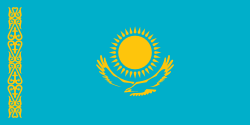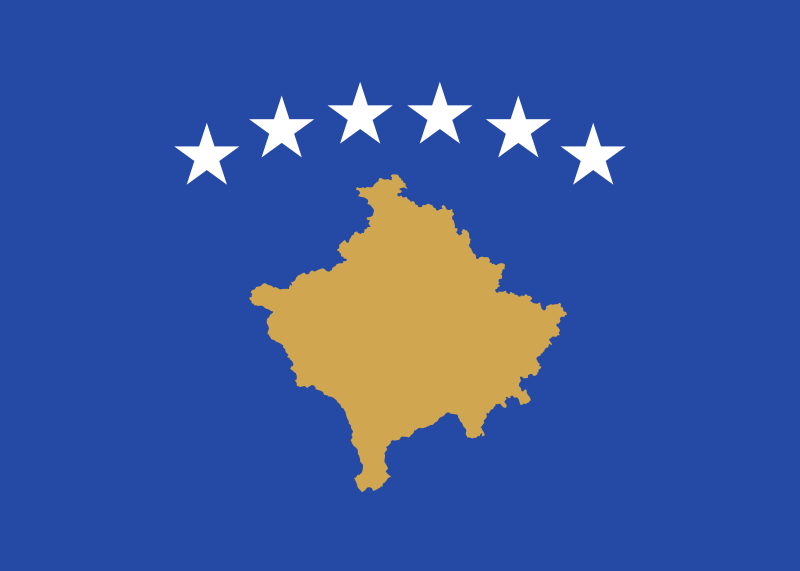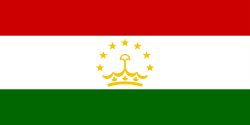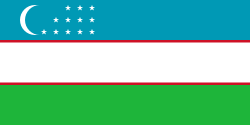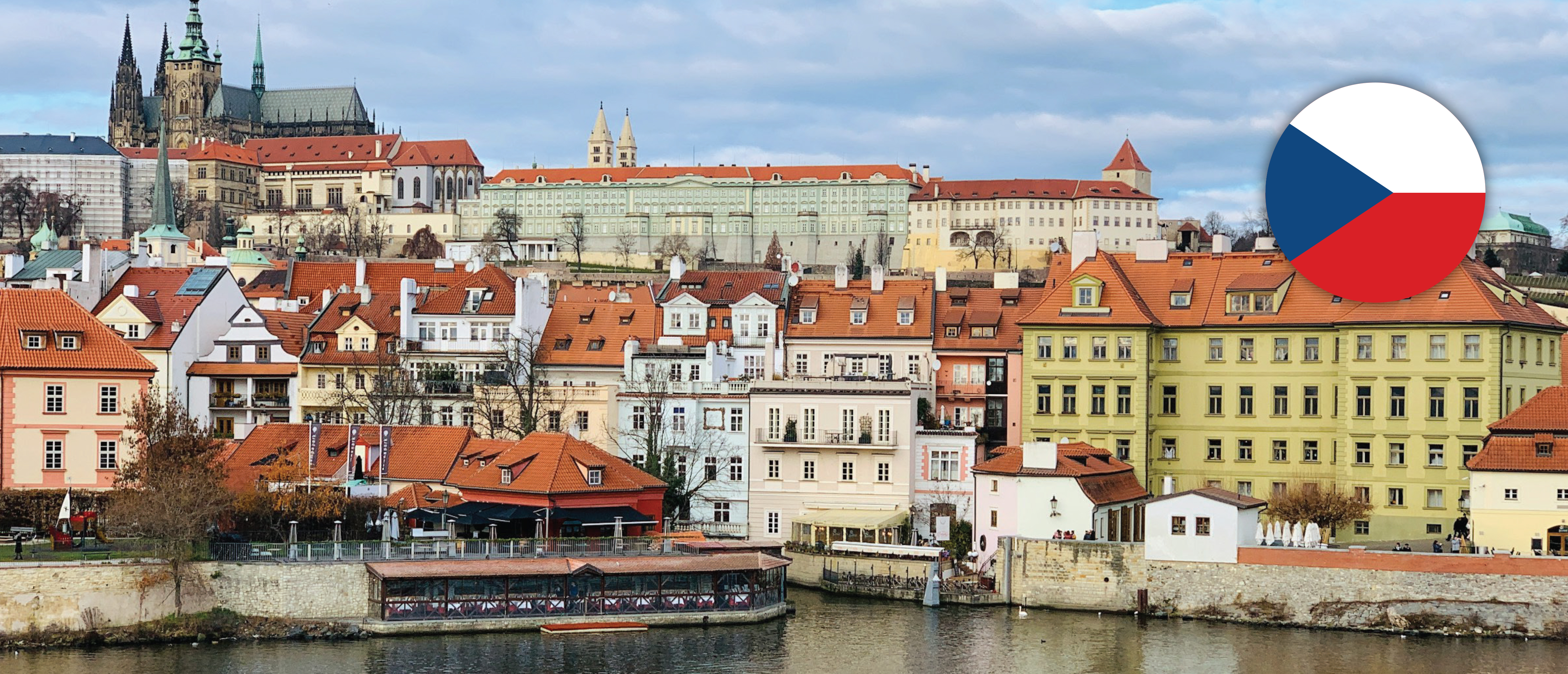General Information
Population
Immigration
Emigration
Working-age population
Unemployment rate
GDP
Migration Authorities
Responsible Body
Ministry of Interior
Line Ministries
Agencies
Key Policy Documents
Migration Strategy of the Czech Republic
Act No. 326/1999 Coll., on the Residence of Foreigners in the Czech Republic and on Amendments to Certain Acts, as amended Act No. 274/2021 Coll.
Act No. 221/2003 Coll., on Temporary Protection of Foreigners
Decree No. 220/2019 Coll., on annual quotas determining
the maximum number of visa applications for third-country nationals to stay for more than 90 days
Description
The Czech Republic is a country of immigration, emigration and transit; however, in-migration is two to three times larger than out-migration. As of 2014, positive net migration represents a primary component of population growth. In 2022, the population of the Czech Republic amounted to over 10.5 million persons, slightly declining from the peak of 10.7 million recorded in 2020.
Immigration to the Czech Republic has considerably grown since the mid-1990s and especially since the accession of the country to the Schengen area. While in 1995 the number of foreigners coming to the country reached only some 6.000, in 2007 the number surpassed the 100.000 mark. In 2020, the inflow has declined due to the COVID-19-related travel restrictions, as well as the amendment of the law on the residence of foreigners. However, the flow has fully recovered in 2021, exceeding the 2019 figure and approaching 70.000 persons.
Over the past decade Ukrainians, Slovaks and Vietnamese accounted for over 50% of the total number of foreigners residing in the country. In 2021, Ukrainians held nearly 30% of all residence permits, followed by Slovaks with 17% and Vietnamese with 10%. The majority of permits held by all three nationalities are long-term and over half are permanent. Other important origin countries include Russia and Romania. In terms of reasons, economic migration accounts for 27%, followed by family reunification and educational migration. The situation with new resident permits follows the long-term trend. In 2021, the Czech Republic issued 58.600 long-term residence permits, with 58% of them granted to Ukrainians, followed by citizens of Russia and Kazakhstan.
The Czech Republic supports legal economic immigration through several government regulations and decrees. Economic programs apply to all categories of employees and researchers. In 2021, the number of foreign workers increased by 9% year-on-year to 701.830, of whom 401.376 came from EU countries - namely Slovakia, Poland and Romania. The majority of non-EU workers come from Ukraine, Russia and Vietnam. The economic migration from Ukraine is driven by the challenging economic and political situation on the Ukrainian side and the demand for flexible labour on the Czech side. The linguistic and geographical proximity of the region also plays its role, as also the case for Slovak migrants. Since 2019, the Czech Republic is implementing four migration programmes based on preferential selection, establishing by government decree annual quotas for the recruitment of foreign workers to increase the economic benefit for the Czech Republic. Non-EU workers most often enter the labour market based on the Employment Card (14.6%), the Employment Permit (5.8%), or the Blue Card (0.2%) for highly qualified workers. The number of foreign entrepreneurs is also growing, with a year-on-year increase of 4.7%.
Up until 2022, migration in search of international protection to the Czech Republic remained limited and refugees corresponded to around 2% of the total number of legally residing foreigners. In addition, the approval rate of applications for international protection was overall low. In 2015, 1.525 asylum seekers were registered in the Czech Republic, with the highest number of international protection statuses granted to persons from Syria (130), Ukraine (181), and Cuba (54). In 2021, the country registered 1.411 applications for international protection, while the number of positive decisions granting either refugee status or subsidiary protection stood at just over 300. However, this situation rapidly changing due to the war in Ukraine. In the first quarter of 2022, the Czech Republic recorded a drastic increase in the total number of immigrants, and a two-fold increase of applications for international protection given the flow of persons fleeing war-affected Ukraine. As of 22 August 2022, the country hosted over 415.000 Ukrainian nationals under temporary protection.
Since joining the Schengen area in 2007, the Czech Republic faced a gradual increase in the number of irregular migrants. In 2015, during the so-called migration crisis, the number of irregular migrants exceeded 8000, the majority of whom were nationals of Syria, while before 2015 most irregular migrants were coming from Ukraine. In 2021, the country saw a record number of 10.835 irregular migrants, 97% of whom were persons who stayed illegally in the country. Some 50% of them were nationals of Ukraine, followed by 15% Moldovans and 5% Afghanis. In the same year, the Czech Republic detected 1.330 transit migrants, representing a three-fold increase compared to 2020 and an overall record since 2016.
Emigration from the Czech Republic has been increasing since the country joined the European Union. Over the past decade, an average of 21.000 Czech nationals have left the country per year. However, in many cases these flows are temporary, comprising of people leaving to accumulate financial capital, improve their language skills or gain foreign experience. Traditional emigration countries for Czechs include the UK, Germany and Austria. According to UN DESA, the same countries along with Slovakia host the most populous Czech communities abroad, while the overall size of the Czech diaspora exceeds 1 million persons.
The Migration Policy Strategy of the Czech Republic of 2015 represents the key document on migration. The strategy contains 7 policy areas, such as supporting the integration of foreigners, ensuring the fight against illegal migration, supporting the external dimension of migration policy, protecting free movement within the Schengen area, supporting legal migration, and fulfilling the Czech Republic's European and international commitments.
In the field of asylum and irregular migration, the country has long taken a position in coordination with other V4 countries, what is also reflected in the ongoing negotiations on the new EU Pact on Migration and Asylum. V4 countries support solidarity and financial and technical assistance, but have rejected mandatory quotas. The Czech Republic has also included the topic of the revision of migration and asylum policy as one of the main topics of its Presidency of the Council of the European Union in 2022, with an emphasis on the negotiation of the EU’s New Pact on Migration and Asylum. The country advocates for voluntary solidarity, the strengthening of the EU's external borders and better return policy. It also manages the migration debate with regard to Ukraine, which is one of the main priorities of its Presidency.
The Czech Republic is a party to several migration dialogues and the founding member of the Prague Process. The country voted against the Global Compact for Migration in 2018. In January 2022, the government of the Czech Republic approved the update of the Policy for the Integration of foreigners 2022.
Relevant Publications





















